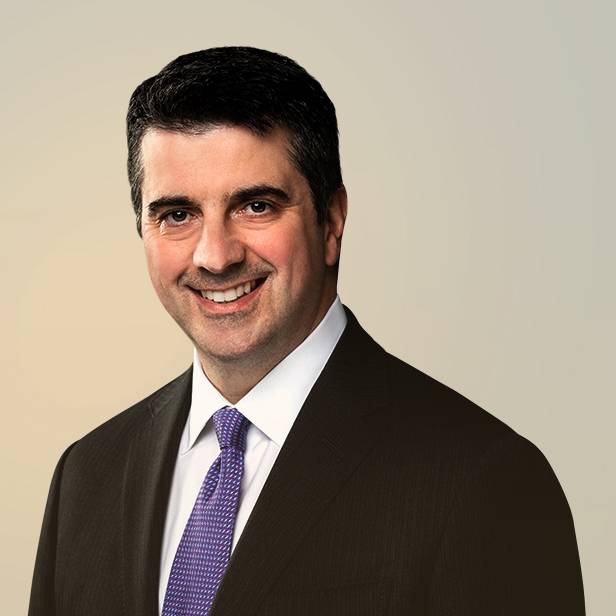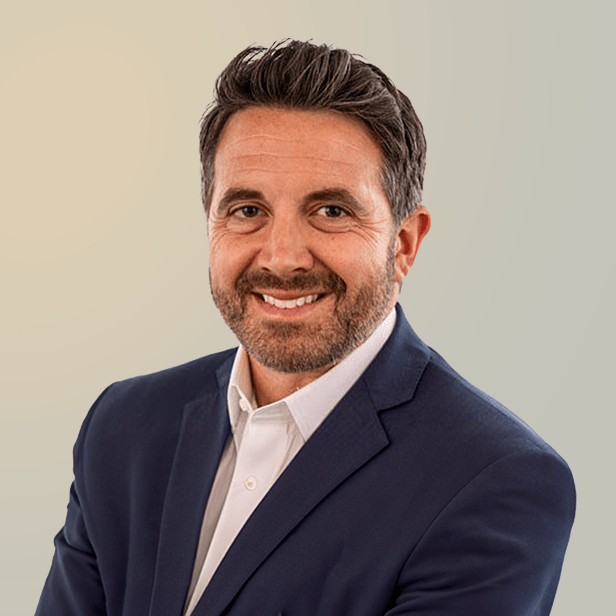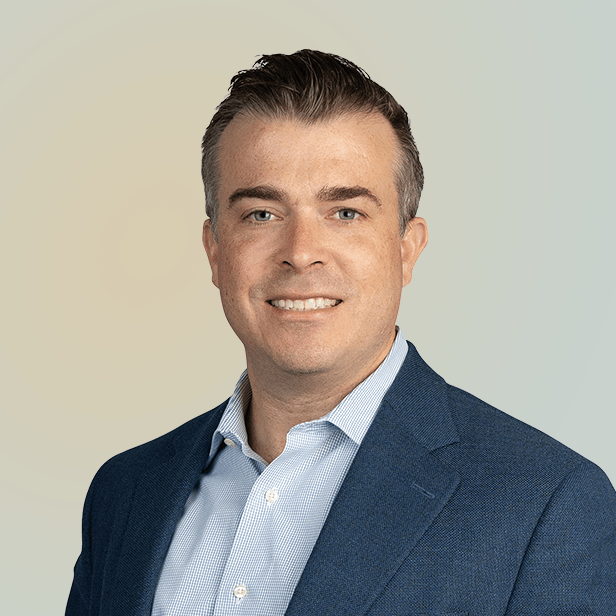PEOs and EORs: U.S. Employers Turn to HR Outsourcing to Maximize Organizational Agility
Dec 2020
While global competition, technology disruption and workforce demographic changes have moved many organizations to prioritize organizational and workforce agility, the COVID-19 crisis has kicked those efforts into overdrive. Since the onset of the crisis in the United States, employment levels within the economy have experienced a rapid V-shaped recovery with unemployment levels hitting 14.7% in April before recovering to 6.9% in October. Many businesses needing to contain costs or scale their businesses to meet demand during the pandemic have lost or added headcount at a rapid clip.
Additionally, close to 80% of organizations surveyed by 451 Research said they implemented or expanded universal work-from-home policies as a result of COVID-19, while 67% expect these policies to remain in place either permanently or for the long-term. Working from home rapidly created a new set of requirements for employers to effectively administrate and engage their existing workforces. New technology tools and benefits were needed immediately, which the scale of an outsourcer can best address.
To cope with the fluidity of the crisis, as well as with the longer-term war for talent and skills gaps that exist within the economy, businesses have increasingly sought to deploy outsourced HR models. Two of the most widely deployed outsourcing provider types, professional employer organizations (PEOs) and employers of record (EORs), have existed for many years but remain opaque to some. These service providers allow employers to shorten reaction times, ensure legal and tax compliance and gain access to technology and services to enhance employee experiences at scale that they cannot practically provide on their own.
The pandemic has been uniquely difficult for small- and medium-sized businesses, which are turning to PEO models to compete with larger organizations and free up precious management time. Meanwhile, many larger organizations have committed to increasing their use of contingent workers to increase flexibility and resilience—but need the help of an EOR to manage the complexity of administrating varied contingent arrangements alongside permanent employee programs.
As investment candidates, PEOs and EORs check many of the key criteria for attractive targets. They pose strong value propositions to clients and benefit from attractive long-term secular trends, while being highly cash generative with controllable risks.
Summary
-
Lincoln International's Business Services Group shares insights on alternative business models of PEOs and EORs.
- Click here to download a printable version of this perspective.
- Sign up to receive Lincoln's perspectives
While PEOs and EORs share numerous similarities, they are also quite different in many of their business model attributes. Below, we have outlined some of the key business model advantages and risks of both PEOs and EORs, as well as our perspective on how private equity and strategic investors can capitalize on these trends.
| PEO | EOR | |
| TARGET CLIENTS | Entire workforce for small- and medium-sized businesses. | Contingent workforce for businesses of any size that have complex workforces, including seasonal workers, independent contractors (ICs), project-specific hires, out-of-state/country employees, etc., serve end clients directly as well as in partnership with staffing providers. |
| EMPLOYMENT ARRANGEMENT | Co-employer with client. | Legal employer of record. |
| KEY VALUE PREPOSITIONS LARGE ADDRESSABLE MARKETS | Pooling of clients’ workforces allows PEOs to procure and offer clients employees benefits, services and insurance coverages on par with much larger organizations. PEOs provide employers with a fully outsourced solution ensuring efficiency, cost savings and compliance across payroll, benefits administration, taxes, workers comp, health insurance and claims management, staff onboarding, reviews and terminations. | Large scale employers can move their contingent workforce to an EOR, thus outsourcing a significant burden on HR—while delivering efficiency and compliance particularly with frequent on-boarding/off-boarding and multiple suppliers of talent. This allows HR departments to focus on delivering strategic value to their organizations.
Migrating contingent workers to an EOR often allows employers to give these employees a different set of benefits, reducing costs to the firm overall. EORs also reduce regulatory risk around independent contractor classification. Because the EOR becomes the legal employer, they can administrate employees in expansion areas where the client does not yet have legal registration. |
| KEY SECULAR TRENDS | Small businesses are often called the backbone of the American economy. They account for 99.7% of all employers in the U.S., employing nearly half (47.3%) of all private sector workers and are responsible for bringing 2 in 3 net new jobs to the U.S. economy, according to the U.S. Small Business Administration.
Expanded Cost of HR Regulatory Compliance: Increased Need for Access to HR Technology: Greater Need for Cost Savings: PEOs allow small business clients to save on HR and benefits costs as well as business owner time, by providing bargaining power, compliance know-how and access to both a wider array of benefits and HR technology. |
Ardent Partners’ market research indicates that 40% of today’s total global workforce is comprised of non-employee talent, including independent contractors, freelancers, professional services and temporary workers. It is important to note that these are not augmentative, supplemental workers, as today’s non-employee workforce plays a critical role in how mission-critical work is handled, addressed, managed and completed.
Increased Scrutiny of Employee Classification Compliance: Expanded Risk Around Contingent Procurement Practices: Competitive Importance of Employee Experience: |
| FINANCIAL MODEL BENEFITS | Just 14-16% of small businesses have worked with a PEO, according to the National Association of Professional Employer Organizations, leaving significant room for market penetration
Recurring revenues with high visibility The ability to grow with clients due to the per/employee, per/year nature of the service Low concentration given the focus on SMB Asset-light with cap-ex mostly focused on technology and low working capital intensity given client pre-funding of payrolls |
Secular growth driven by contingent worker penetration into the overall workforce and penetration of EOR services among clients that had previously in-sourced
Low customer attrition and receivables credit risk given focus on larger clients Highly scalable with ability to operate across all states and internationally once business registrations are obtained Attractive margins as a result of ability to mark up the full suite of services to clients, including insurance provision |
| RISK FACTORS | Investors in the space should be aware of:
Employee Turnover: Potential changes to Healthcare Insurance: |
Investors in the space should be aware of:
Downturn Sensitivity: Changing regulation related to ICs: |
| LINCOLN PERSPECTIVE | Given the inherent economies of scale of ever larger employee bases, the incentive for PEOs to grow via M&A has been and remains strong.
Key drivers of M&A opportunity include: Because PEO regulation has differed from state to state historically, the market remains highly fragmented with nearly 1,000 smaller, largely sub-scale competitors. With larger players attracting premium valuations, add-on acquisitions present opportunities to increase PEO value. As PEOs look to expand their footprint into additional states, they need the business registration and infrastructure to be compliant to local laws on day one in a new market. This makes M&A the preferred option for geographic growth, rather than de-novo startups. By growing their pool of employees on the group healthcare and workers comp insurance plans, PEOs gain additional bargaining power with insurance companies. Further, with broader diversification risk, PEOs can move to self-insured or captive-insured models allowing them to generate additional margin while increasing their value proposition to current and prospective small business customers. |
With contingent employee relationships projected to continue to grow more quickly than traditional working arrangements in the future, investors will likely be eager to gain exposure to this secular growth opportunity through EORs.
Key drivers of M&A opportunity: Whether serving end clients or staffing companies, EOR relationships tend to be with larger, more complex organizations. As such, there is inherent need to build scale in order to reduce customer concentration more quickly. Platform organizations will seek to add vertical market industry expertise and diversify “essential” with “non-essential” industries to mitigate business cycle risk and insurance risk. Those EORs that are focused on helping clients globalize will seek acquisitions in geographies of interest, helping clients expand into new markets with knowledge of the geographic-specific compliance nuances. |
Contributor

The transactions we work on are often trajectory-altering, with high stakes and pressure to get it right. We know our work, however challenging in the moment, is going to be impactful.
Mike Iannelli
Managing Director & Co-head of Business Services
ChicagoProfessionals with Complementary Expertise

I am enthusiastic about creating sustainable growth and the highest value for our clients and strive to leave a positive footprint beyond any successful M&A transaction.
Friedrich Bieselt
Managing Director & Head of Business Services, Europe
Frankfurt
The transactions we work on are often trajectory-altering, with high stakes and pressure to get it right. We know our work, however challenging in the moment, is going to be impactful.
Mike Iannelli
Managing Director & Co-head of Business Services
Chicago









